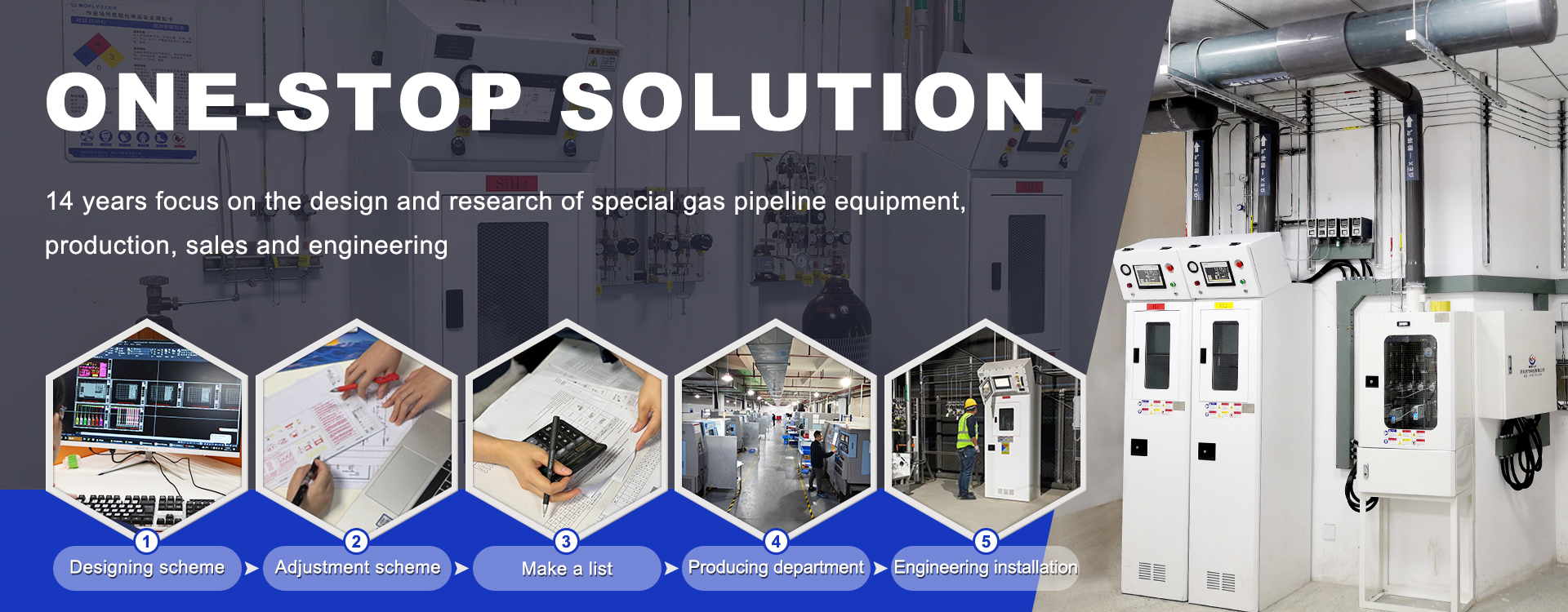Selecting the right pressure reducer is critical to ensuring equipment longevity and operational safety. Below are the five key parameters that determine the performance and safety of a pressure reducer, as well as detailed recommendations when making a purchase:

1. Material and corrosion resistance
The material of the pressure reducer has a direct impact on its corrosion resistance and service life, especially when dealing with corrosive gases (e.g. nitrogen dioxide, chlorine, etc.):
Valve body and key components: 316L stainless steel is recommended for its excellent corrosion resistance and mechanical strength.
Seals: Polytetrafluoroethylene (PTFE) or perfluoroether rubber (FFKM) are suitable for highly corrosive environments.
High purity gas application: If the gas purity is ≥99.999% (Five nines), it is recommended to use BA grade or EP grade stainless steel.
2. Pressure adjustment range and stability
Input/output pressure: need to match the actual demand, such as high-pressure applications (such as 40MPa) can choose piston pressure reducer (such as RF4 series).
Adjustment accuracy: the output pressure fluctuation of high-quality pressure reducer should be ≤ ± 0.01MPa.
Safety test pressure: usually 1.5 times the maximum input pressure, to ensure the safety of equipment in extreme conditions.
3. Flow rate and CV value
CV value: represents the flow capacity of the pressure reducer, the higher the CV value, the higher the flow. For example, CV=0.08 is suitable for medium flow requirements, while CV=0.06 may be suitable for high pressure low flow scenarios.
Dynamic and static pressure difference: If the difference is too large, it may indicate improper flow selection.
4. Safety performance and protection measures
Overpressure protection: some high-end pressure reducers are equipped with automatic cut-off or pressure relief function.
Leakage rate: high purity gas applications require very low leakage rates (e.g. ≤2×10-⁸ atm cc/sec He).
Anti-reflux design: Some pressure reducers have built-in filters (10μm) to prevent contaminants from entering the system.
5. Installation and compatibility
Connection type: common such as 1/4’ NPT (F), make sure to match the existing piping.
Installation form: panel, wall or pipe bracket installation, according to the space layout to choose.
Gauge Configuration: Cylinder pressure reducers are usually equipped with dual inlet and outlet gauges, while piped pressure reducers can be equipped with outlet gauges only.
Additional considerations
Brand and after-sales service: AFKLOK usually provides more reliable technical support and warranty service.
Temperature adaptability: the operating temperature range should cover the operating environment (e.g. -40°C to +74°C).
Maintenance intervals: Stainless steel pressure reducers typically have a life expectancy of 1 year or more, but require regular servicing.
Post time: May-16-2025